What is ecommerce TCO and how to calculate it for long-term success
When launching or migrating an online store, it’s easy to be drawn to the low monthly fees advertised by ecommerce platforms. But that $29 or $99 is just the beginning. To make a smart and sustainable decision, you need to understand your Total Cost of Ownership (TCO)—which includes all costs across the entire lifecycle of your ecommerce site. Overlooking TCO can lead to unexpected expenses, strain your budget, and limit growth. This guide helps you fully grasp ecommerce TCO so you can budget accurately and choose the right platform for your business.
What exactly is ecommerce TCO?
In simple terms, ecommerce Total Cost of Ownership (TCO) is a financial estimate that calculates all direct and indirect costs of building, launching, and maintaining an online store over a specific period, typically one to three years. It encourages you to think like an investor, not just a buyer.
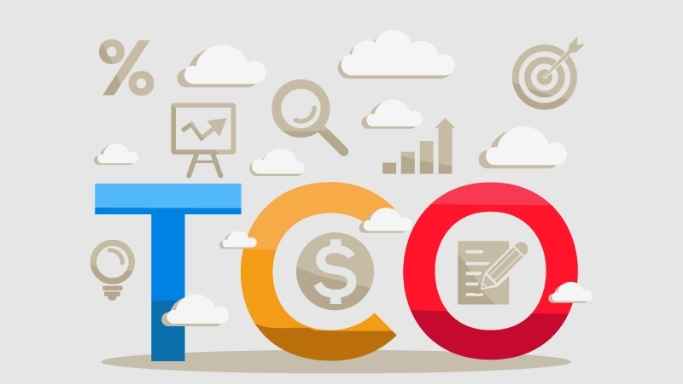
Consider the analogy of buying a car: the purchase price is just the start. You must also account for insurance, fuel, maintenance, and potential repairs to understand the true cost. Similarly, your ecommerce TCO is a composite of initial setup costs, ongoing operational fees, and the often-overlooked hidden costs.
Calculating TCO is essential for comparing different ecommerce solutions, such as a SaaS platform like Shopify versus an open-source one like Magento, on a truly level playing field.
The key components of ecommerce TCO
To accurately calculate your TCO, you must consider expenses from several key areas. While some are obvious, others are less so but equally important for a functioning business.
1. Initial setup and development costs
These are the one-time investments required to get your store off the ground before you can process your first order. This phase often represents a significant portion of your initial budget. Key costs here include:
- Theme and Design: Will you use a free template, purchase a premium theme.
- Custom Development: Even with a theme, you may need a developer’s help to implement special features, connect specific systems, or adjust the layout to match your brand identity perfectly.
- Data Migration: If you're moving from another platform, migrating product data, customer information, and order history requires specialized tools or professional assistance.
2. Ongoing operational and platform costs
These are the predictable, recurring expenses you'll pay monthly or annually to keep the lights on. They form the core of your operational budget.
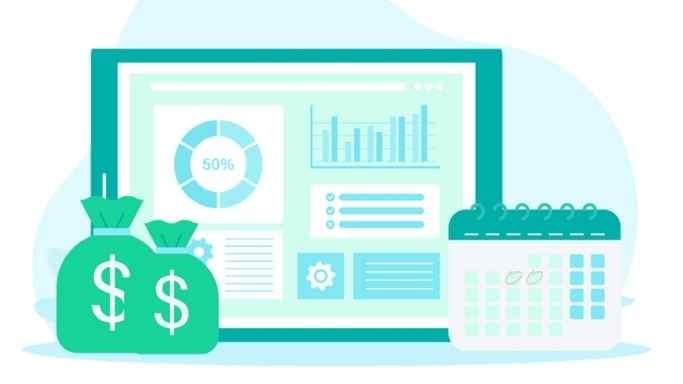
- Platform Subscription: This is the most visible cost for SaaS solutions like Shopify or BigCommerce, with plans typically ranging from $29 to $299+ per month.
- Hosting: For open-source platforms, you are responsible for securing and paying for your own hosting. This can range from cheap shared hosting to robust dedicated servers as you scale. SaaS platforms include this in their fee.
- Transaction Fees: Nearly all platforms involve transaction fees. This is a combination of the payment gateway fee (e.g., from Stripe or PayPal) and sometimes an additional fee from the platform itself, which is often waived on higher-tier plans.
- App and Plugin Subscriptions: Many crucial features, like advanced reviews, loyalty programs, or sophisticated marketing automation, come from third-party apps that have their own monthly subscription fees. These can easily add up.
3. Maintenance, security, and support costs
Your website is a living asset that requires continuous care to function correctly and securely. Neglecting this area is a common but costly mistake.
- Technical Support: Do you have an in-house developer, or will you need a support retainer with an agency? This is critical for fixing bugs, implementing small changes, and handling emergencies.
- Security and Updates: For open-source users, you or your developer are responsible for applying security patches to prevent cyberattacks. SaaS platforms handle this for you, which is a major value proposition.
- Performance Optimization: Ensuring your site loads quickly is vital for SEO and conversions. This may require periodic investment in image optimization, code cleanup, or a Content Delivery Network (CDN).
How to calculate your ecommerce TCO
Think of TCO as a comprehensive financial map that charts every expense required to not only launch your store but to operate and grow it successfully over time. By breaking down the costs into four essential pillars, you can move from guesswork to strategic financial planning, ensuring your chosen platform is a sustainable investment.
1. Initial development and setup costs
This category covers all the one-time, upfront investments required to take your store from an idea to a live, transactional website. These costs are typically incurred before you make your first dollar in revenue and can vary dramatically depending on the complexity of your project and your choice of platform.

- Platform Build & Customization: This is often the largest setup expense. For an open-source solution like Magento, this means hiring a development agency to build, configure, and customize the site, a project that can range from $15,000 to well over $100,000. For a SaaS platform like Shopify, the cost is lower but still significant if you require a custom theme, advanced feature development from a Shopify Expert, or complex backend configurations.
- Theme & Design: If a fully custom build is out of scope, you will likely purchase a premium theme to serve as your design foundation. This is a direct upfront cost, usually between $100 and $350.
- Data Migration: For any existing business moving to a new platform, migrating product catalogs, customer data, and order history is a critical and delicate process. This often requires paying for specialized migration tools or hiring an agency to ensure data integrity, adding a substantial one-time fee to your setup budget.
- System Integrations: The initial work of connecting your ecommerce platform to essential business systems like your ERP, PIM, or CRM requires technical expertise and is a key setup cost.
2. Ongoing operational costs
Once your store is live, you enter the operational phase, which comes with a set of predictable, recurring expenses. These are the costs of keeping the lights on, processing orders, and ensuring the site functions day-to-day.
- Platform Subscription: For SaaS platforms, this is the most visible recurring fee—the monthly or annual price for using the core software, which typically includes hosting and basic support.
- Hosting: This is a major operational cost for open-source users. You are responsible for paying a hosting provider for server space, and this cost will scale up as your traffic and business grow.
- Transaction Fees: A cost that grows with your success. For every sale, a payment gateway (like Stripe or PayPal) will take a percentage. On top of this, some ecommerce platforms charge their own additional transaction fee, which is often reduced or waived on higher-tier plans.
- App & Plugin Subscriptions: The modern ecommerce experience is powered by a stack of third-party apps for everything from email marketing and reviews to loyalty programs and subscriptions. Each of these tools typically carries its own monthly fee, which can collectively add up to a significant operational expense.
3. Hidden costs: The expenses below the surface
This is the category where budgets most often break. Hidden costs are expenses that are not immediately obvious during the initial sales process but are absolutely critical for the long-term health, security, and scalability of your store.
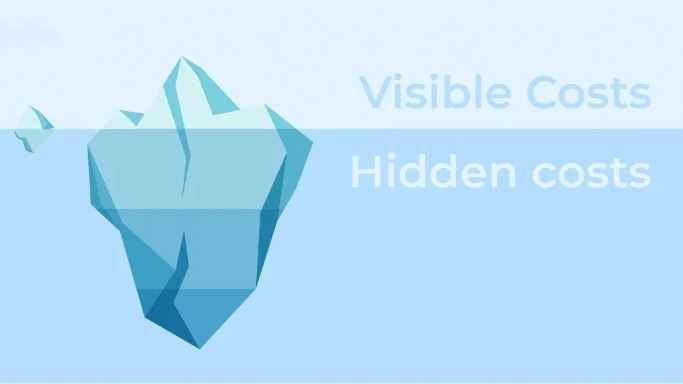
- Technical Maintenance & Security: For open-source platforms, this is a non-negotiable cost. You need to pay for a monthly support retainer with a developer or agency to handle security patches, bug fixes, and performance optimizations. Neglecting this is a security and revenue risk. While SaaS platforms handle this for you, the cost is baked into their subscription price.
- Platform Upgrades: On an open-source system, major version upgrades are complex and expensive development projects. On a SaaS platform, this cost manifests as forced plan upgrades when you hit revenue ceilings or need access to more advanced features, pushing you into a higher monthly subscription tier.
- Staff Training & Internal Overhead: Your team’s time is a valuable resource. A complex or unintuitive platform carries a high "cost" in terms of the hours your staff must spend on training and day-to-day management. A user-friendly platform reduces this internal overhead, freeing your team to focus on growth activities.
- Compliance Costs: Ensuring your store is compliant with regulations like PCI (for payments) and GDPR (for data privacy) requires ongoing effort and investment, particularly on a self-hosted platform where you bear the full responsibility.
4. Marketing and conversion costs
A beautifully built store is useless without traffic. This final pillar of your ecommerce TCO accounts for the investment required to attract customers and persuade them to buy. It's the cost of activating your ecommerce channel.
- Customer Acquisition Cost (CAC): This encompasses your entire marketing budget dedicated to driving traffic. It includes spending on PPC advertising (Google & Facebook Ads), SEO services or consultants, content creation, social media management, and affiliate marketing programs.
- Conversion Rate Optimization (CRO): Getting traffic is only half the battle. CRO is the ongoing process of improving your site to convert more visitors into customers. Costs here include A/B testing software (like VWO or Optimizely), analytics tools, and potentially hiring CRO specialists.
- Marketing Technology (MarTech) Stack: Separate from your platform apps, this is your suite of marketing tools. It includes the subscription fees for your Email Service Provider (like Klaviyo or Omnisend), SMS marketing platforms, CRM software, and customer support helpdesks (like Gorgias or Zendesk).
Make a smarter investment with TCO
The platform with the lowest advertised price is rarely the cheapest in the long run. By taking the time to calculate your ecommerce TCO, you move from being a cost-focused buyer to a strategic, value-focused investor.
This comprehensive approach protects your budget from unpleasant surprises, clarifies which platform is truly the best financial fit for your business model, and sets a solid foundation for scalable, long-term growth. Before you commit to any platform, look beyond the price tag and analyze the total cost of ownership—your future self will thank you.
If you’re new to the world of online selling, take a quick tour through Ecommerce Basics — a collection of simple, helpful guides to get you started the right way.



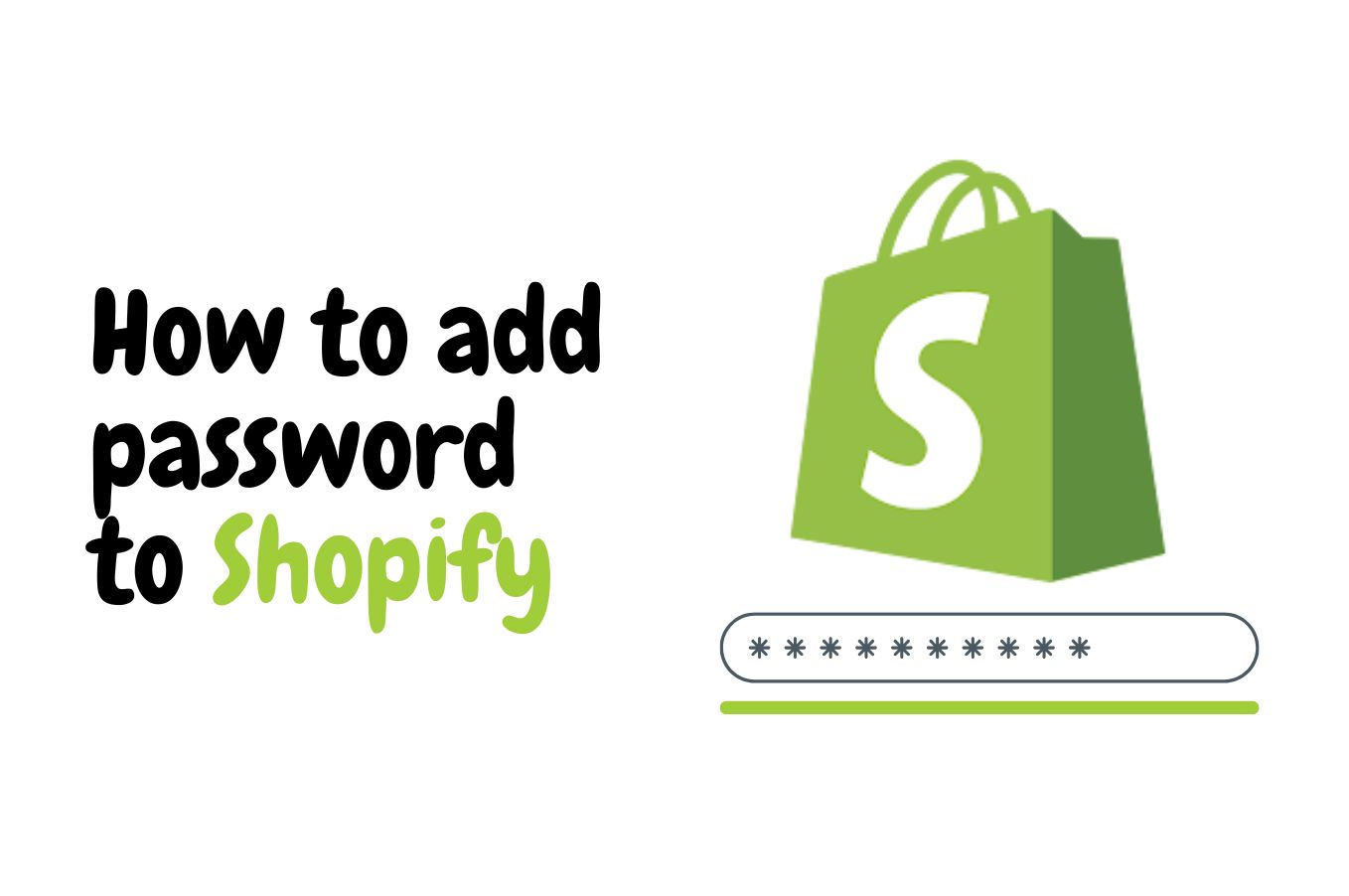
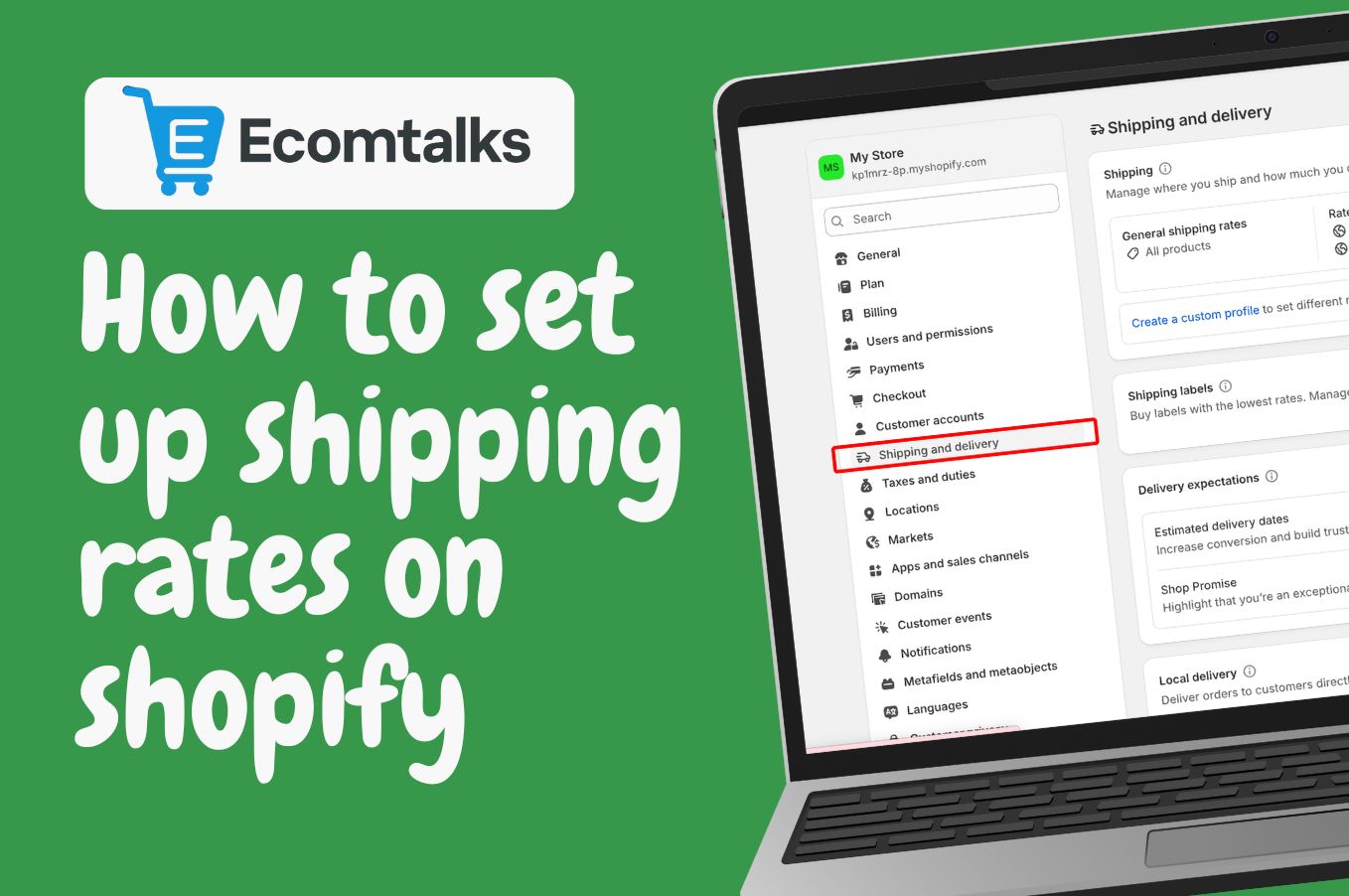
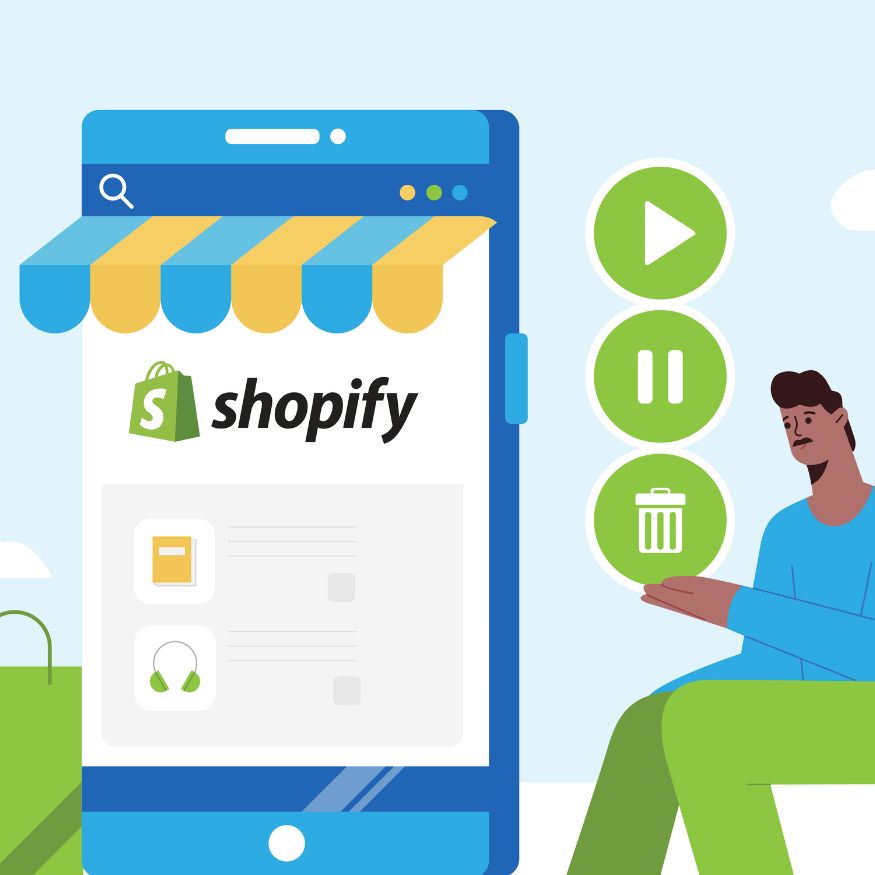
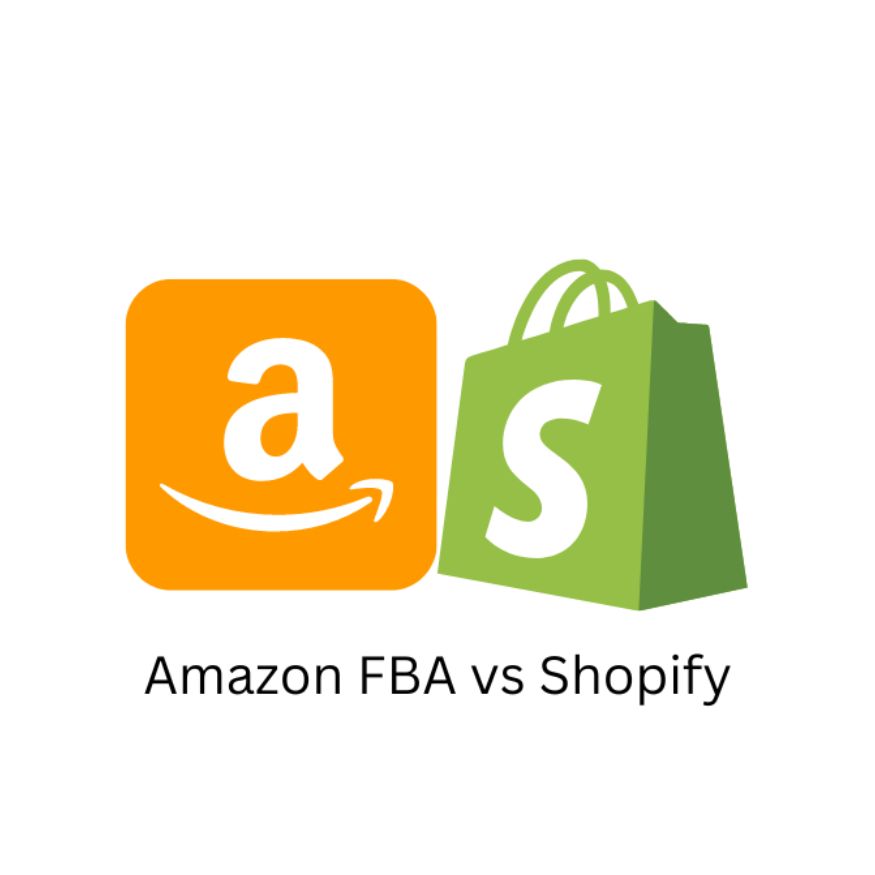
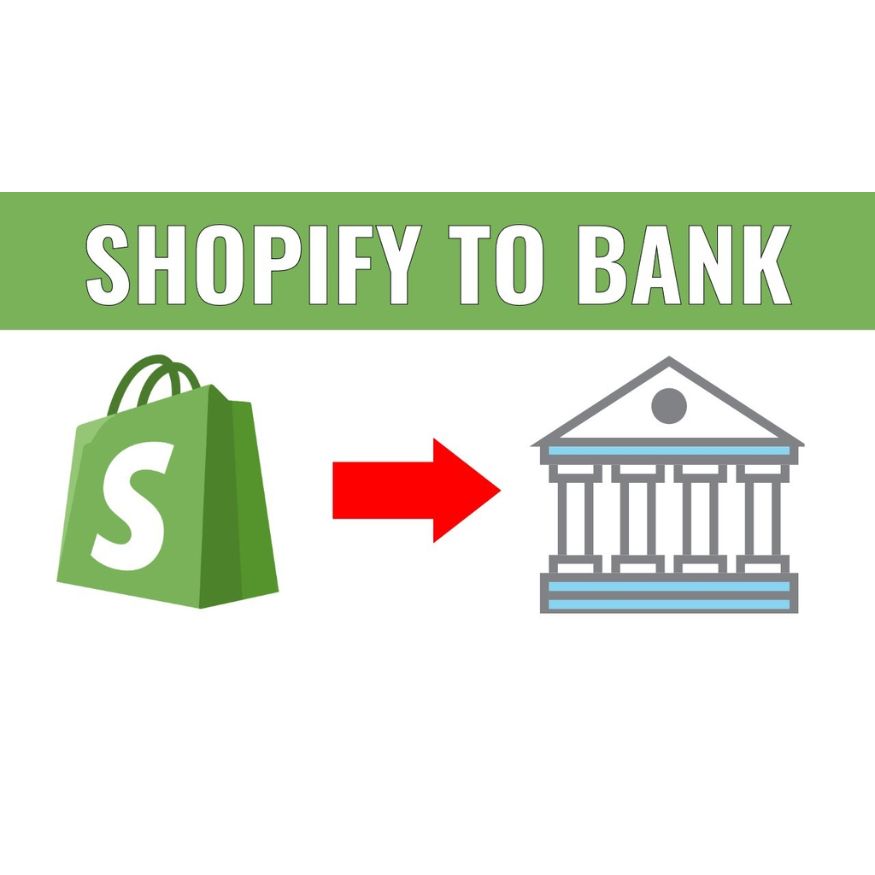
.jpg)
.jpg)